Challenge
Do you sometimes find that how you asked students to demonstrate what they know prevents them from showing you what they have learned?
Carefully constructed learning outcomes are essential to the design of flexible and valid assessments. A key understanding in the universal design of assessments is that barriers arise when learning outcomes and the means for achieving these outcomes are misaligned. For example, consider the following learning outcome for a course in Canadian Popular Culture:
Notice how one way of demonstrating learning (writing an essay) has been embedded with the outcome of analyzing influences on Canadian television production. This melding of “means and end” will disadvantage those students for whom essay writing is not a preferred means of demonstrating learning. However, separating means from ends helps to remove barriers and create a more valid assessment of course learning outcomes, in this case, an understanding of influences on Canadian television and the ability to conduct an analysis. Consider the reworked learning outcome:
Now there are options for the ways students conduct their analysis and present their results (e.g., writing, demonstrations, multimedia, interviews, presentation, wikis).
Learning Personas – Three Assessment Experiences
To illustrate the impact of the three principles of UDL on assessment, the following infographic portrays the experiences of three students and the unintended barriers that can arise at various points in the assessment process. Kevin’s experience demonstrates how a carefully constructed learning outcome and options for action and expression removed barriers and allowed him to fully demonstrate his learning.
We will refer to this infographic throughout the chapter.
Assessment outcome: Analyze the impact of cultural policy on Canadian film and television industries
Assessment goal: Students demonstrate skills, knowledge, and abilities without barriers
 Melanie |
 Kasha |
 Kevin |
|
|---|---|---|---|
| Profile | Melanie struggles with motivation, self-regulation, & time management. | Kasha has a print disability that impacts her ability to process printed information. | Kevin has cerebral palsy impacting his ability to word-process. |
| Assessment Tools | 10-page research paper, using APA format, due in 5 weeks | Timed online (LMS) multiple-choice exam | Assignment menu: narrated slide presentation, podcast, interview, wiki page |
| Learner experience: Initial steps |
Melanie feels overwhelmed by the paper’s length requirement and puts off starting for 4 weeks. | Kasha uses screen-reading software to review instructor-provided study guides, and lecture notes on the LMS. | Because of Kevin’s slower keyboarding and strong verbal skills, he decides on the podcast interview. |
| Learner experience: Getting organized |
Melanie finds a lot of information but doesn’t know how to organize it. | Kasha submits a request for exam accommodations: 1.5X time extension, exam formatted for screen-reading. | Kevin and his online learning partner create a project plan with assigned tasks and timelines for the research, script writing, and podcast production. |
| Learner experience: Doing what’s possible |
Too many sources, no experience with APA, and tomorrow’s due date — Melanie decides not to complete the assignment. | The exam’s formatting is not compatible for screen-reading, resulting in poor navigation and out-of-sequence reading. | They listen to the samples attached to the assignment description and choose the Gzowski-style format. |
| Learner experience: Conclusion |
Although Melanie was interested in the topic and collected a lot of relevant information, she receives a zero on the assignment. | Kasha just barely completes the exam before it closes and worries that she may not have understood some of the questions. | Kevin’s partner types the scripts with Kevin’s input. Kevin produces the audio recording and uploads it to the online discussion board. |
| Profile images by Lluisa Iborra, licensed under CC BY 3.0 | |||
Web Resources
For more examples and information on refining learning outcomes so that they support universally designed assessments, consult the following CAST site: Learning goals from a UDL perspective.
This site includes the following:
- separating the means from the ends
- addressing variability in learning
- providing UDL options in the materials, methods, and assessments
Once learning outcomes are in place, it’s time to make decisions about the types of assessment you want to include and the acceptable ways for students to demonstrate their learning. The following reading is an excellent resource for guiding these decisions.
Is there somewhere I can separate means from ends in my learning outcomes to remove barriers and create a more valid assessment of course priorities?
A statement of what we want students to learn to do. Effective learning outcomes typically include an observable action-based verb, reference the content, and describe the criteria that will be used to evaluate student performance. The criteria describes the level of proficiency learners will need to demonstrate by providing information on things like quality, quantity, or time measurements.
Principles that inform accessible pedagogy and establish a framework for course planning and learning experiences. They are: 1. Multiple means of engagement, 2. Multiple means of representation, 3. Multiple means of action and expression.

